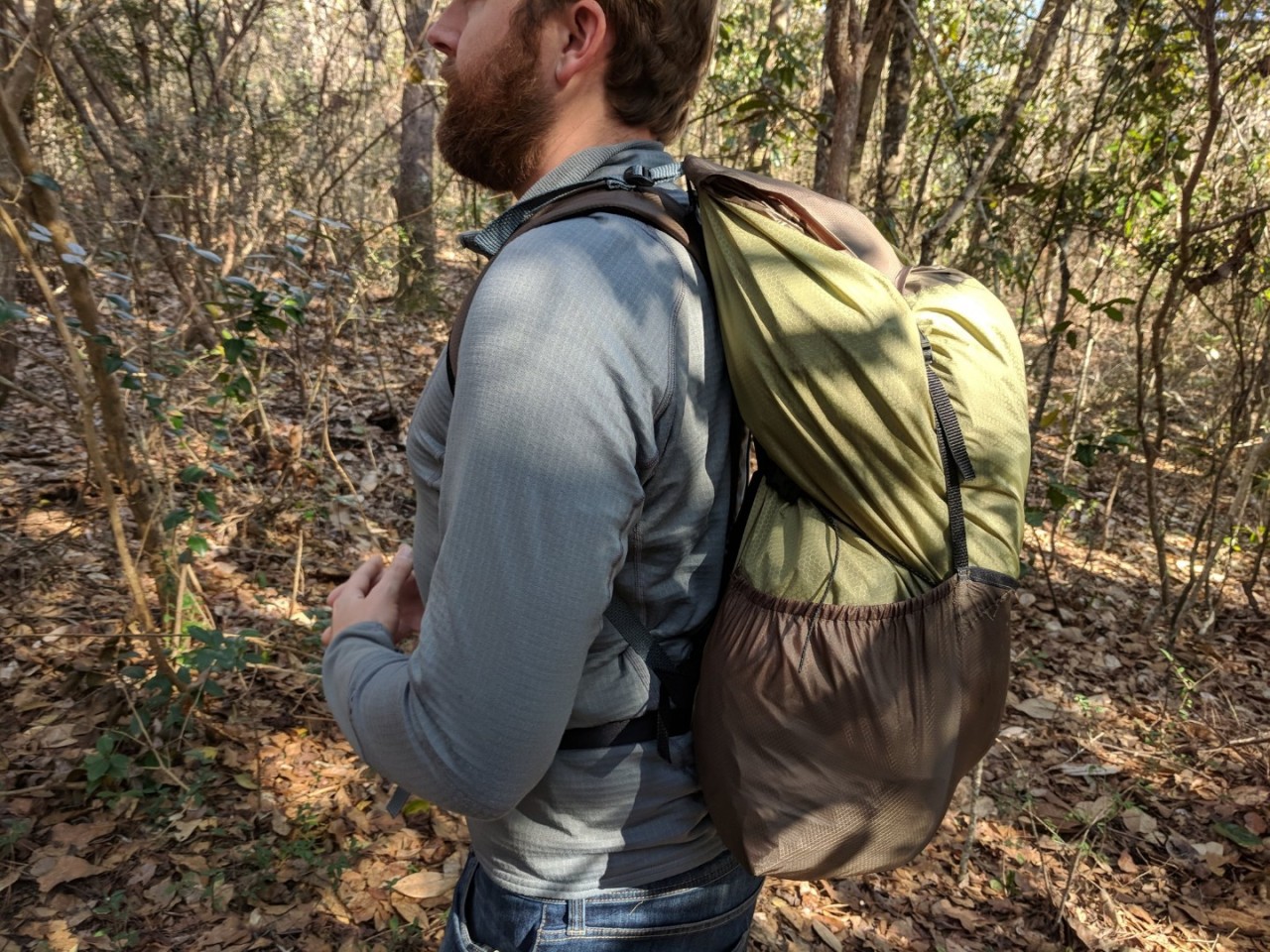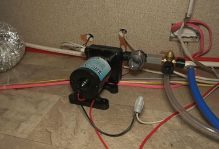Backpacking Tent: Must-Have for Camping and Hiking
Camping and hiking is a fantastic way to immerse yourself in the outdoors and discover the beauty of nature. These are activities that almost anyone can do if planned ahead and prepared properly, of course. Whenever you are hiking or camping, the right gear can make all the difference. Whether you will have an exciting adventure or a dreadful experience, it depends on what you bring with you.

Packing the essentials such as items for navigation, sun protection, insulation, illumination, first aid, fire, repairs, nutrition, hydration and emergency shelter will make sure you have an experience that is as enjoyable as possible. In addition, a quality lightweight backpacking tent, sleeping bag, sleeping pad or backpack can help you stay warm, well-fed and happy outside.
Out of all the equipment, choosing the right hiking tent is one of the most important buying decisions. A good hiking tent should meet all your hiking needs and provide you with years of comfortable camp shelter. After all, it will be your home away from home. There is a wide range of quality hiking tents coming in an astonishing variety of designs, from minimalist to mansion-esque and everything in between. However, with so many options out there, finding the perfect hiking tent might be a quite complicated matter. Too many choices equal confusion, and confusion can lead to making poor decisions.
But worry no more, we got you covered. Continue reading to find out what the best hiking tent needs to have to serve you for a long time.
How to Choose a Backpacking Tent
Having the right hiking tent is important, but choosing the one isn’t as simple as it might seem. The backpacking tent you choose will most likely have a big effect on both your budget and your pack weight. In addition, there are several other things that you should take into consideration before buying a hiking tent, including the number of people using the tent, the conditions and ease of use, the tent’s material and ventilation and more.

Tent Capacity
Tent capacity or how many people can fit into the tent is a great starting point when choosing the best tent for you. Though there’s no industry standard that defines tent sizes, hiking tents tend to be for one to four people. This can vary from one brand to another, so you need to look at the actual dimensions in finding your best backpacking tent. If you want to make sure that you are comfortable, look into the hiking tents for sale and chose the one designated one-person larger than your group, or you can hunt for a tent that’s one or two inches wider or longer than average.
Tent Weight
Along with the size, weight is a crucial consideration when choosing your backpacking tent. Tent weight is a big part of your overall load, especially if you are planning a camping trip that involves carrying your tent on your back or through muddy portages. It’s a good thing that most backpacking tents tend to be lightweight.

However, with lighter weights comes having less space, fewer features and less durability over the long haul. So you will have to balance these factors when making your purchasing decision. If you choose carefully, though, you should be able to find a lightweight backpacking tent that is small enough to fit into small wilderness campsites but still feels reasonably roomy and comfortable to you.
Weather and Tent Seasonality
The type of weather you plan to camp in can influence what kind of tent you buy. Always choose one that’s made of quality fabrics with waterproof coatings, fully sealed seams and durable poles. You wouldn’t want the weather to catch you by surprise and ruin your adventure.
Most of the backpacking tents are designed for 3-season use, which means they’re suitable for camping in all seasons except winter because they can’t withstand loads of heavy snow on the roof or strong wind gusts. For camping in winter, you will need a 4-season tent that offers secure shelter and protect you in bad weather.
Tent Setup
Most of the modern tents are easy to set up. Many of them have the set-up instructions printed right on the bag so you can never lose them. Needless to say, bigger tents with more poles will take a bit more work to set up than smaller ones. It would be wise to set up a tent once or twice in your backyard or a nearby park before trying to do it in the wilderness.
You can look at tents with colour coded poles and attachments for faster pitch times. Colour coding will help you quickly orient each pole tip to the correct tent corner and will help you find which sleeves or clips go with which pole sections.

Tent Material
The tent’s material could influence your purchase choice. A wide range of specialized nylons and polyesters are used in tents, which makes them waterproof but the sunlight can cause deterioration over time. Nylon is typically used for lightweight backpacking tents, while polyester can found in family tents.
Tents made from canvas or cotton are also waterproof and don’t deteriorate as much as nylon and hence can last longer. However, canvas tents can become quite heavy when water is absorbed. Actually, many tents say they are waterproof, but the cheaper ones may not be as waterproof as you may hope for. So check the tent’s material closely and choose wisely.
Main Features of Hiking Tents
The primary features to look for should be the number of doors and vestibules. These features are really nice to have, though you don’t have to have them.
Doors
Whether it’s better to have one or more doors, will solely depend on your personal needs. Generally, hikers prefer to have doors on at least two opposite sides. Having more than one door is a great choice especially if you are sharing the tent and hence it’s less likely that you will have to step over someone to get out. Plus, it would provide more ventilation when you have the air out of your hiking tent. On the other hand, having more doors means more zippers which adds to the tent’s overall weight. The extra weight and bulk can actually make a big difference in heavy-duty tents. That’s why most backpackers prefer having only one door. The choice is yours and the ten you choose should serve your hiking needs.

Vestibules
Another feature that you should consider is the vestibule. A vestibule is a space in front of the tent’s doors. In the camping world, vestibules are the garages, mudrooms and front porches where you can store your backpack, take off your dirty boots or simply hang out away from rain or bugs. Vestibules come in lots of different sizes and shapes. The larger a vestibule the better, meaning more storage space for you. But large vestibules mean more material, which adds to the overall tent’s weight.



